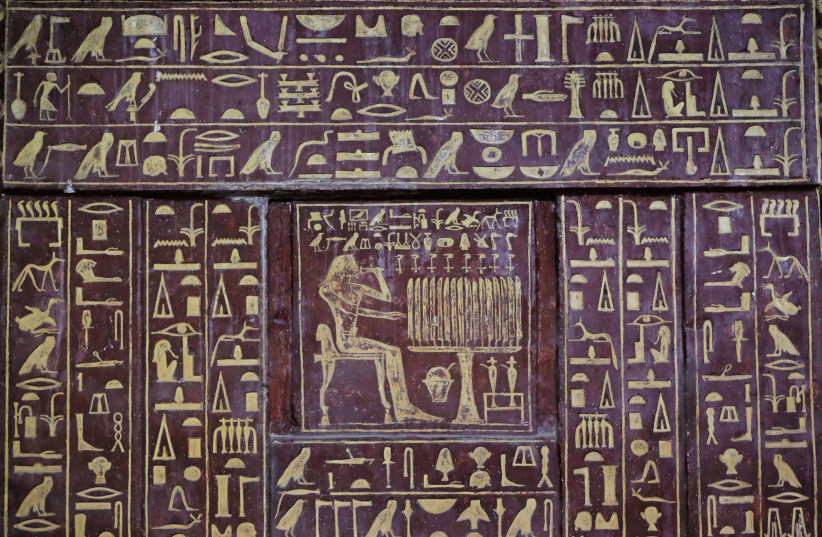Archaeologists at the Theban Necropolis in Upper Egypt uncovered nine crocodile heads found in ancient tombs by archaeologists from the University of Warsaw, according to a Friday report from Ancient Origins.
The Theban Necropolis is located on the west bank of the Nile river.
The nine heads were placed inside two tombs - all belonging to "high-ranking nobles," according to the report. The skeleton remains were not mummified and contained fragments of skulls, teeth and osteoderms.
They were all found at two tombs in the Necropolis of el-Asassif near the Mortuary Temple of Hatshepsut when archaeologists from Warsaw found them while digging. The heads were wrapped in linen, Ancient Origins reported.
The expedition was led by archaeologist Dr. Patryk Chudzik and the research was published in the Journal of African Archaeology. The researchers were studying the site for more than nine years.

Chudzik said that this is the first time crocodile remains were discovered inside Egyptian tombs, in an interview with the Polish Press Agency. It is also the first time that animal bones have been spotlighted in Egyptian tombs, according to Ancient Origins.
In ancient Egyptian mythology and culture
Chudzik also said that crocodile heads inside tombs were unusual but not unprecedented.
In Egyptian mythology, the god Sobek was represented and depicted as a god with a crocodile head on top of a human body. Sobek represented strength and agility.
Archaeologists believed that the heads were offerings to people buried in tombs.
